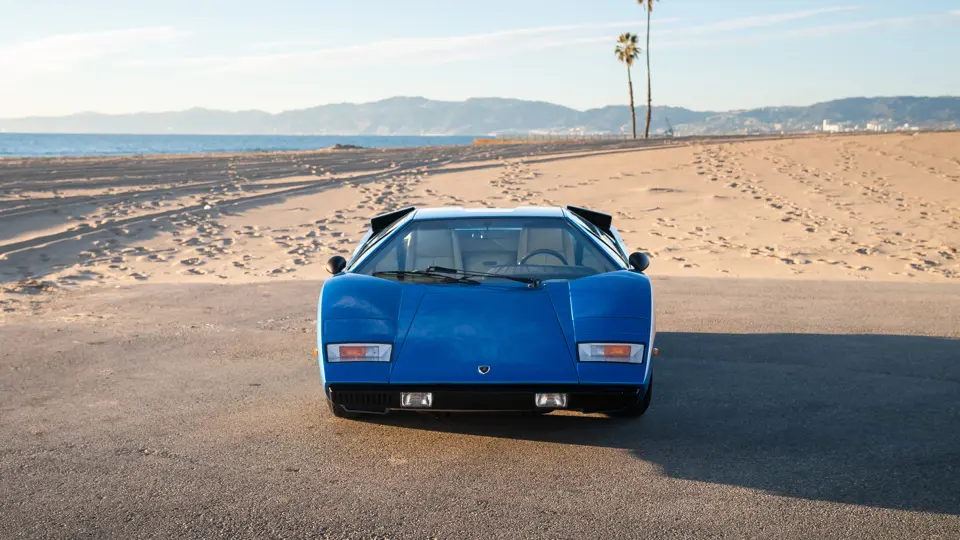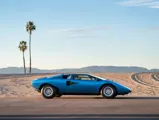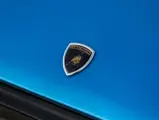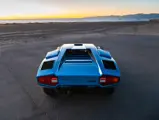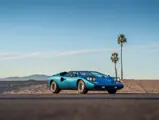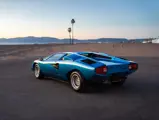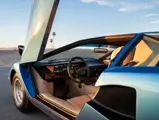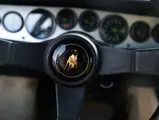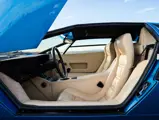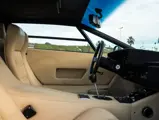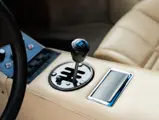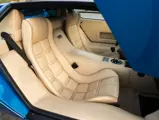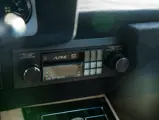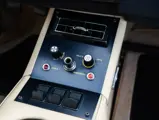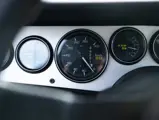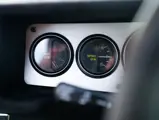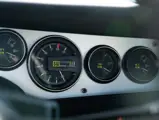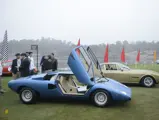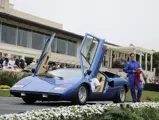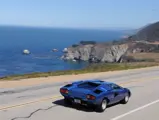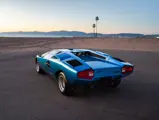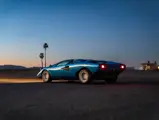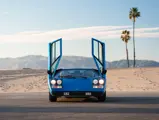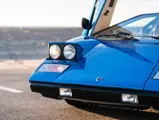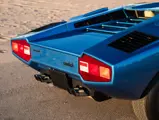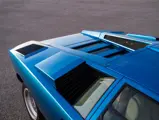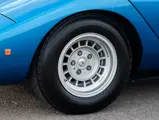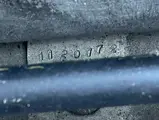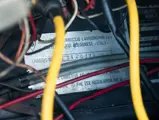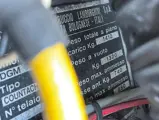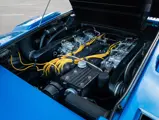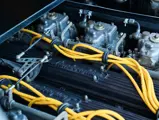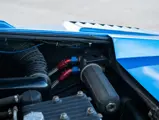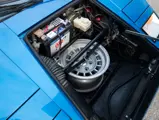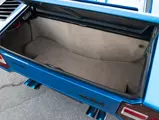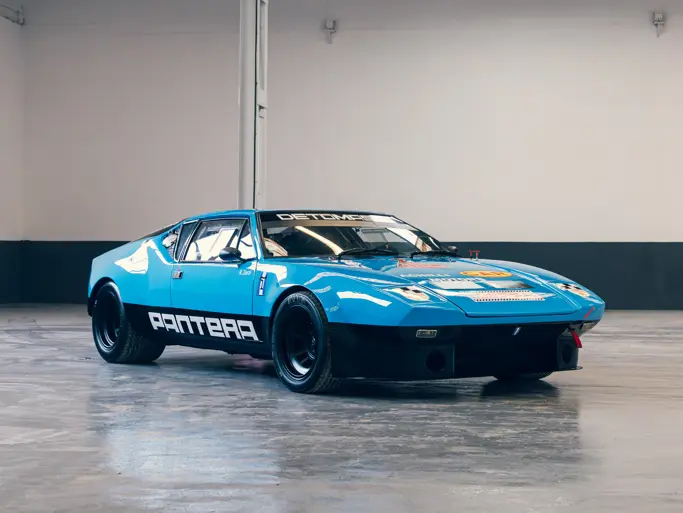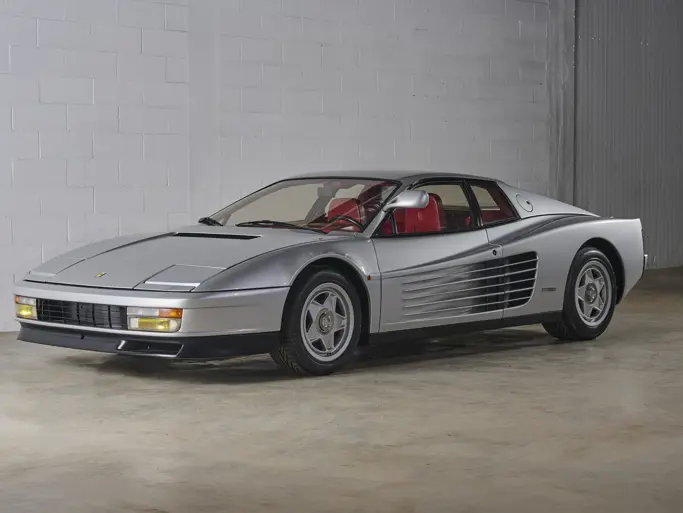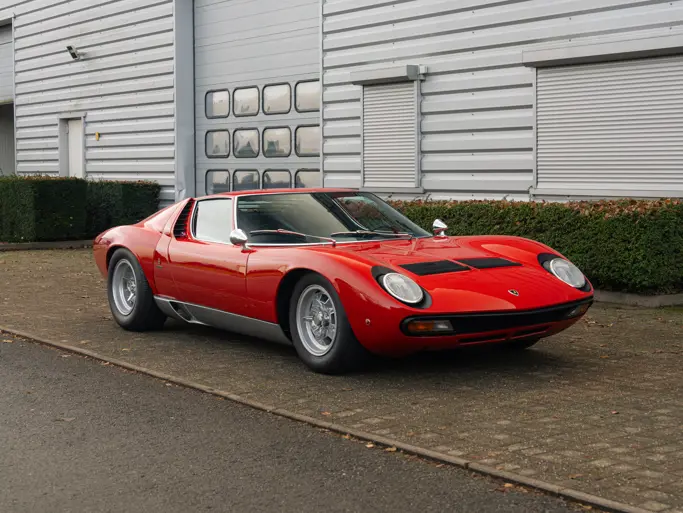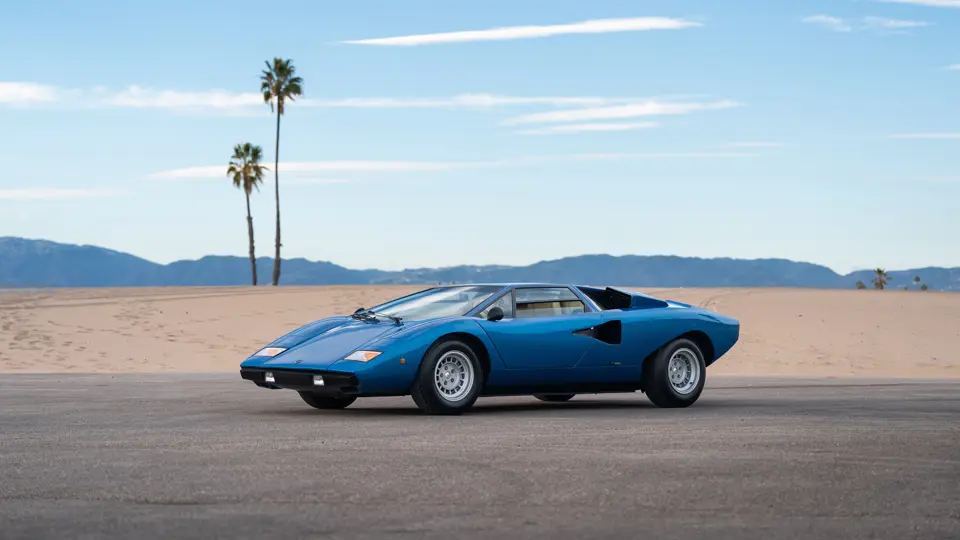
1976 Lamborghini Countach LP400 ‘Periscopio’ by Bertone
{{lr.item.text}}
$1,100,000 - $1,400,000 USD | Not Sold
{{bidding.lot.reserveStatusFormatted}}
- Rare early “Periscopio” example with fascinating ownership history
- Beautifully restored with only three private owners from new
- Finished in highly attractive, original color of Blu Tahiti
- Fitted from new with air conditioning and two external rearview mirrors
- Award winner at the 2013 Pebble Beach Concours d’Elegance
- An exceptional example of the purest, most desirable Countach variant; retains its numbers-matching engine
With its futuristic wedge shape, the Lamborghini Countach’s outrageous lines belie its standing as a concept dating back to as early as 1970. Designs for the sports car began around halfway through the lifecycle of its predecessor, the timeless Miura, as Ferruccio Lamborghini gave his all to keep up with rivals—particularly archrival Ferrari in neighboring Modena, Italy, which had made great strides with its newly introduced 365 GTB/4. Sant’Agata Bolognese-based Lamborghini needed a modern take on its flagship platform, and so the Countach was born.
Taking inspiration from the mid-mounted V-12 platform that contributed so much to the success of the earlier Miura, the overarching task set to Lamborghini engineers was to ensure that the Countach maximized every ounce of power while securing aerodynamic gains with the sleekest body possible. Starting life under the code name LP112, Paolo Stanzani, working alongside Massimo Parenti and test driver Bob Wallace, spearheaded the project, while the styling brief was handed to Marcello Gandini of the famous Bertone design house. A prototype was shown at the 1971 Geneva International Motor Show before engineers took an extended return to the drawing board, redesigning the car’s tubular chassis frame for greater strength and incorporating vertically mounted radiators in the cooling system, which funneled air through a pair of distinctive scoops and ducts. It would be another three years before the first customer cars were produced, with deliveries finally commencing in 1974.
The earliest examples of the Countach were known as the LP 400 and featured a mid-rear mounted 3.9-liter V-12 rated at 375 horsepower. An evolution of the revered engine famously designed by Giotto Bizzarrini for the 350 GT, this V12 featured in some form across the Lamborghini lineup until 2010. It was the innovative way in which the driveline was packaged—with the gearbox in front of the mid-mounted V-12—that centralized mass, making the car forgiving at high speeds. Built around a complex spaceframe and wrapped in a mixture of aluminum and steel panels, the Countach would become known for its outrageous scissor-opening doors. Although the idea never made it to production, these early cars were initially intended to be built with a periscope-style rearview mirror. The stylish channel in the roof panel and corresponding small window remained and can be found on these early examples.
While subsequent versions of the Countach would grow ever more flamboyant over the model’s 16-year production, the purity of Gandini’s original wedge design is best shown in the LP 400, nicknamed the “Periscopio” for its unique roof design. As the earliest and rarest iteration, it is no surprise that the LP 400 “Periscopio” is the most desirable Countach, its design nearly unchanged from that of the original concept that created such a commotion at the 1971 Geneva Motor Show.
The Countach presented here, chassis number 1120172, is the 86th first-generation LP 400 Periscopio produced. Finished in the striking shade of Blu Tahiti over a Tobacco leather interior, with air conditioning and two external rearview mirrors, it was completed on 22 December 1975. The car was then delivered to Carrie Eugene, the official Lamborghini dealer and importer in Canada, on 29 January 1976.
The Countach’s first owner was Paul Marshall, of Toronto, Ontario. Though a paraplegic, Marshall did not let his disability stop him from enjoying his new Countach. He had hand controls installed and drove the car frequently around his native Toronto, where the spaceship-like Countach was an otherworldly sight during the waning days of disco.
The car’s second custodian, also a resident of Toronto, purchased the Countach from Paul Marshall through a friend in the early 1990s. He continued to use the car regularly for the next few years before placing it into static storage, following a full restoration. The Lamborghini was properly stored in a climate-controlled facility, with the fluids drained, and there it remained for the next 20 years.
After nearly two decades of storage, the Countach was awoken from its slumber and brought back to life by a Lamborghini specialist in Toronto. It was then taken to the renowned Pebble Beach Concours d’Elegance in 2013 and quickly earned the judges’ admiration, placing second in a hotly contested Lamborghini class. Two years later, the Countach featured in an episode of Jerry Seinfeld's “Comedians in Cars Getting Coffee” along with fellow comedian Jim Carrey. The car was also used on the TV show Jay Leno's Garage where Jay Leno and Robert Herjavec from Shark Tank took the car on an exciting drive on the idyllic Angeles Crest Highway.
Acquired by the consignor in 2017, this spectacular Countach remains in beautiful condition with its factory-correct Blu Tahiti exterior over a wonderfully crafted replacement interior in biscuit leather. Importantly, it retains its numbers-matching engine.
Incredibly well preserved in a highly attractive specification, there is no doubt that this exceptional LP 400 is ready for further concours events and enjoyment on the open road. It is simply one of the finest examples of the vaunted “Periscopio,” the purest and most desirable of all Countach models.

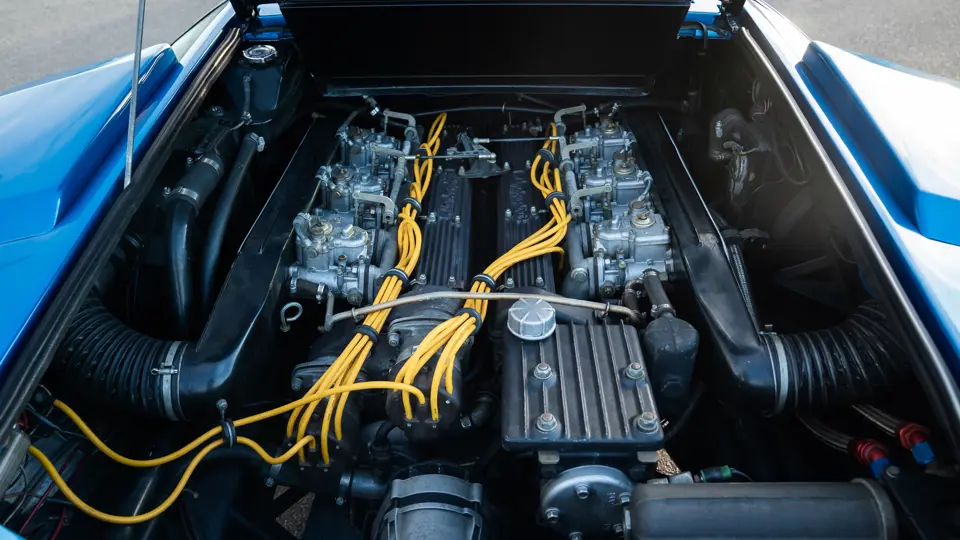
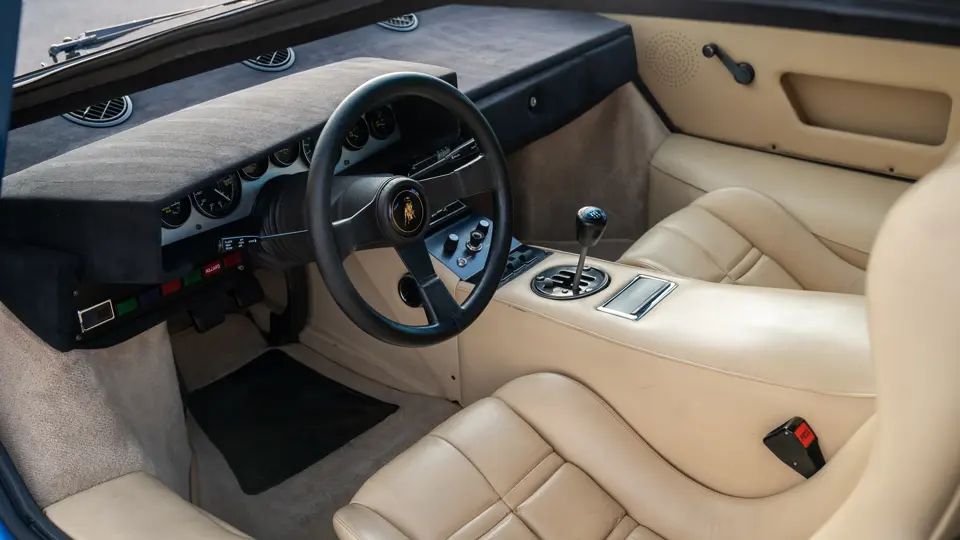



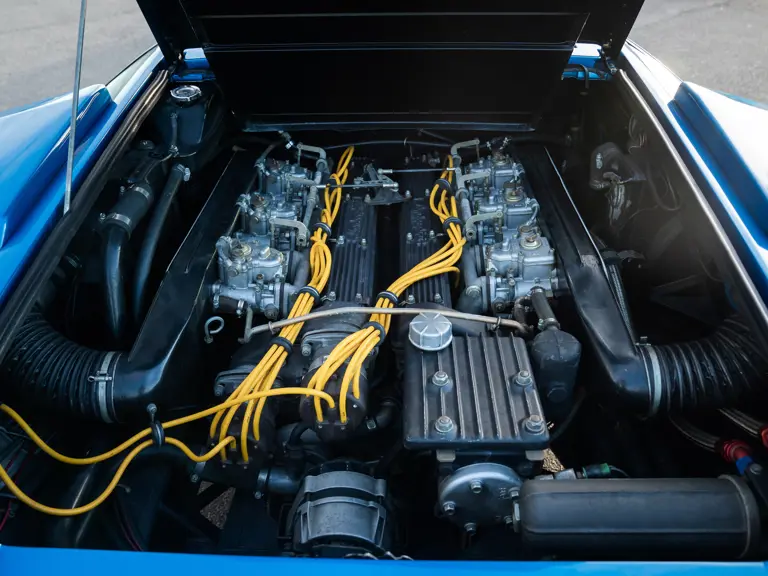

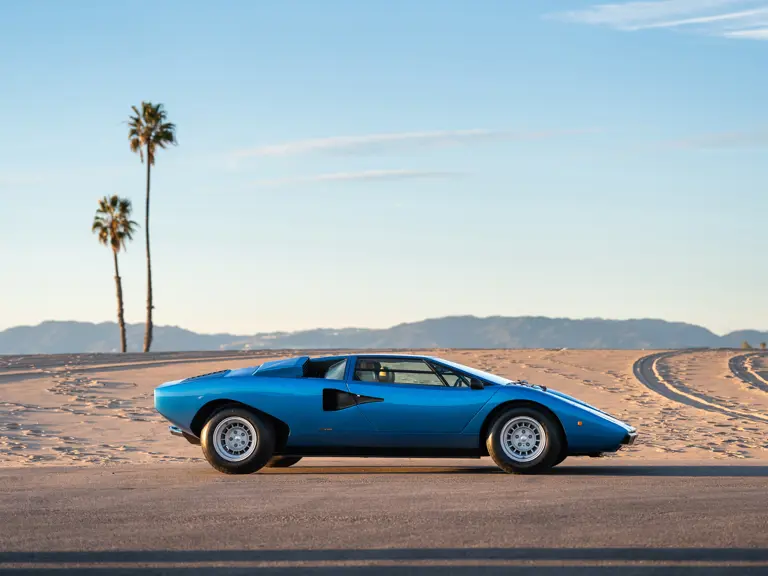
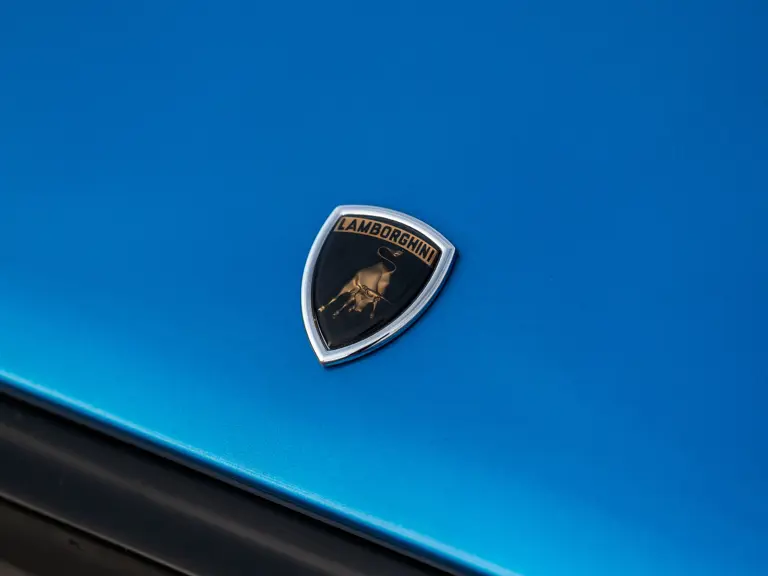
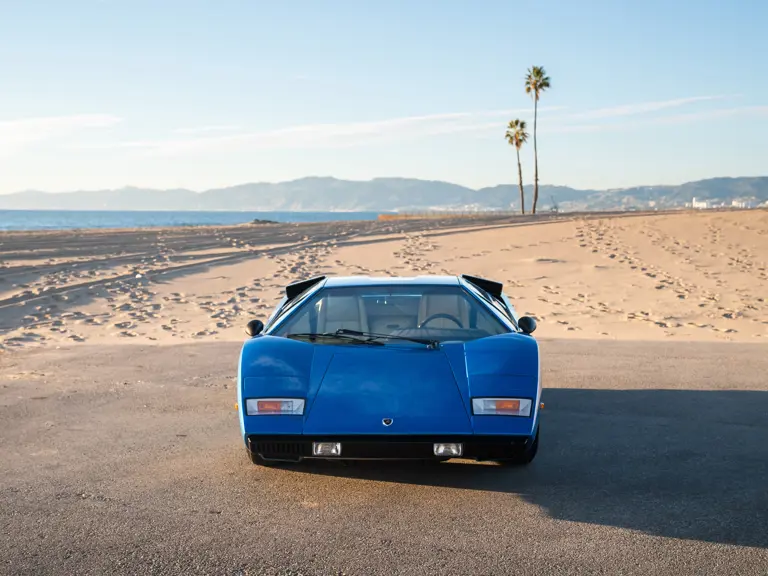


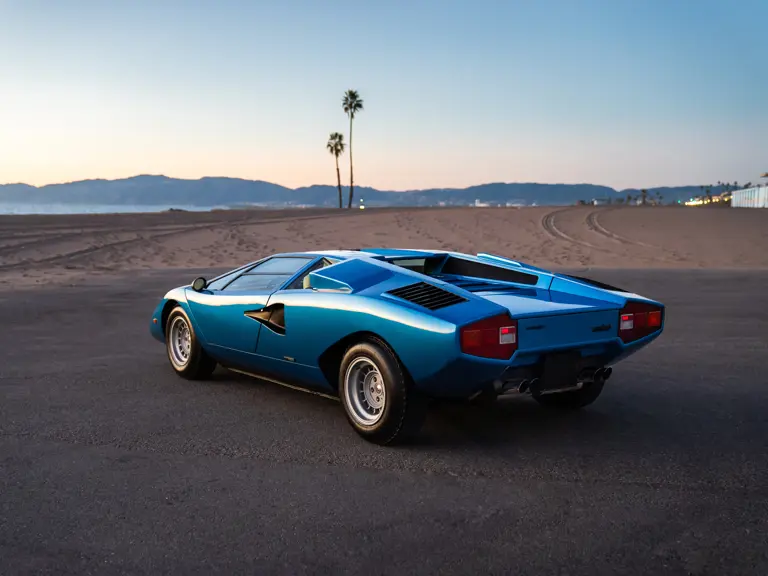
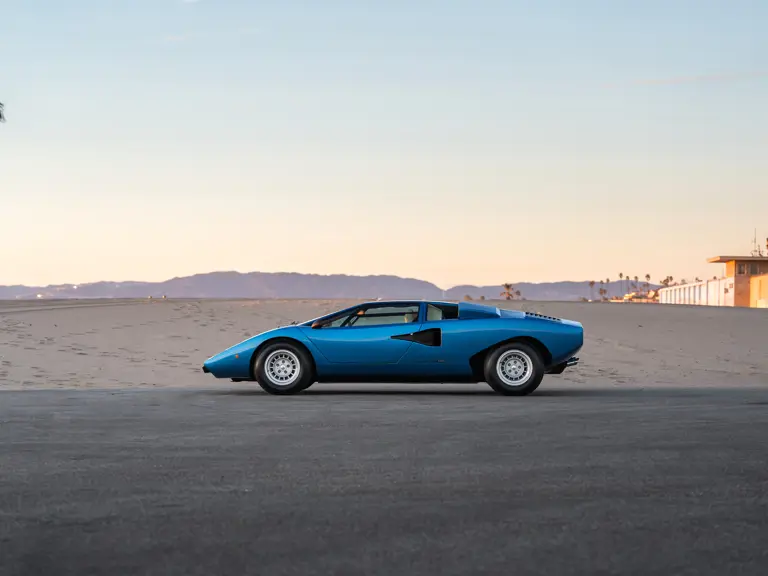
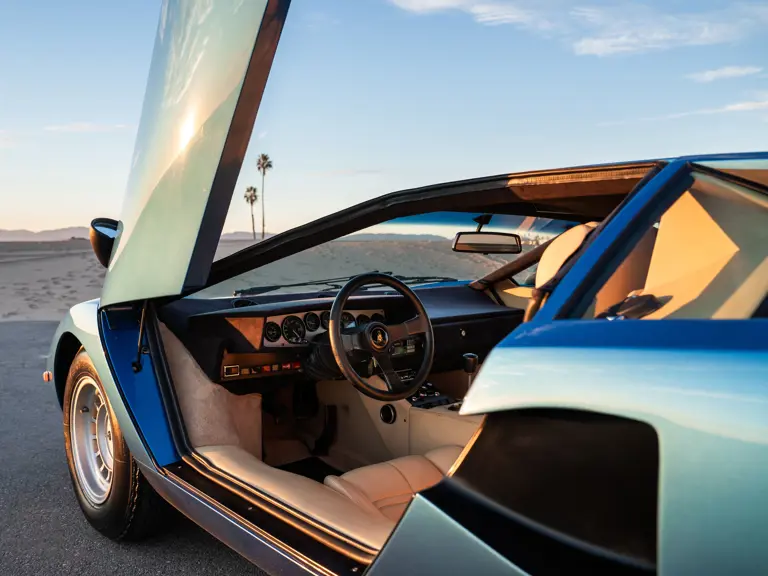

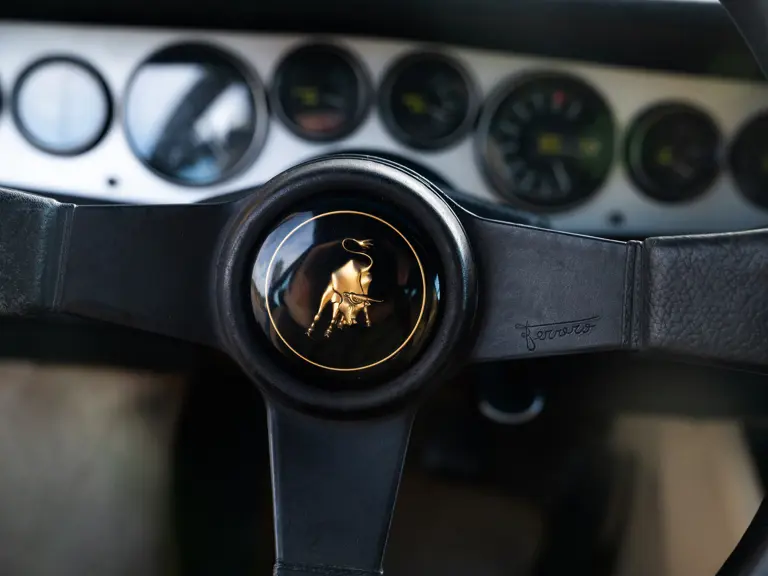
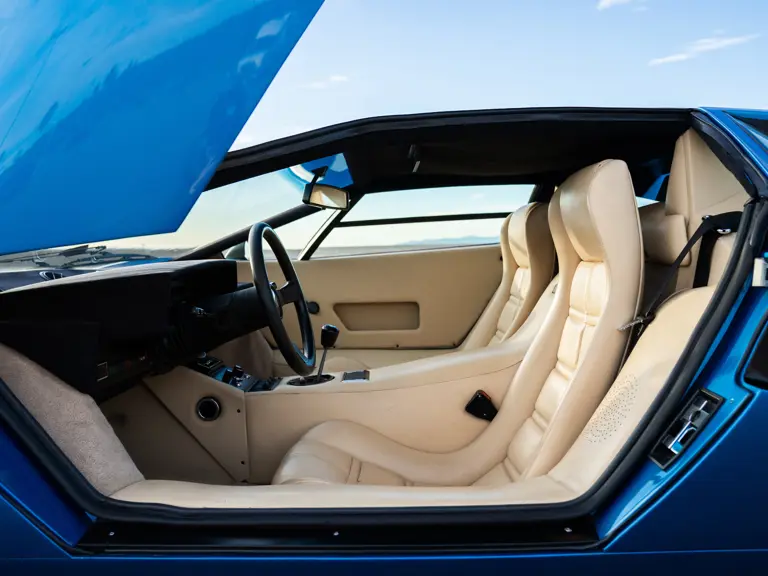

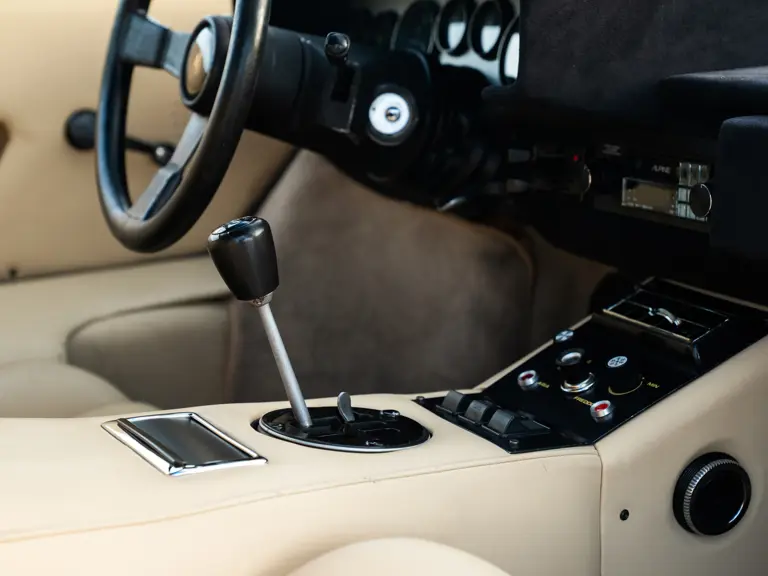
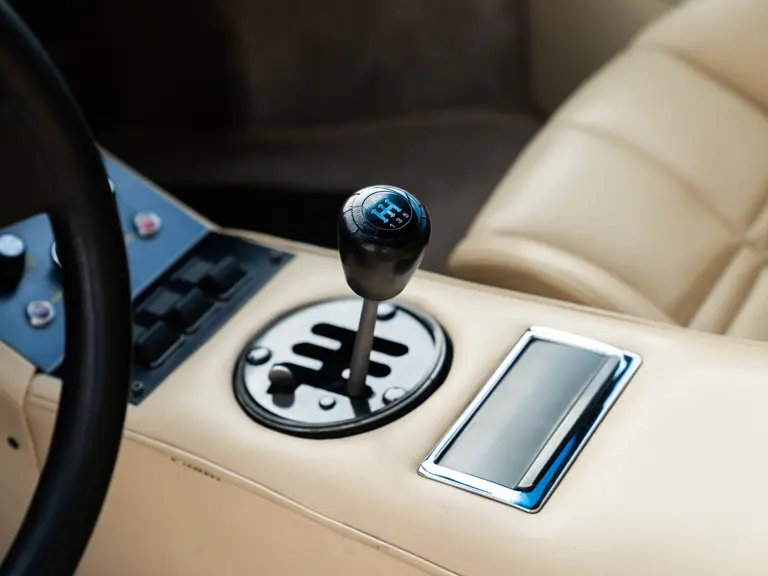

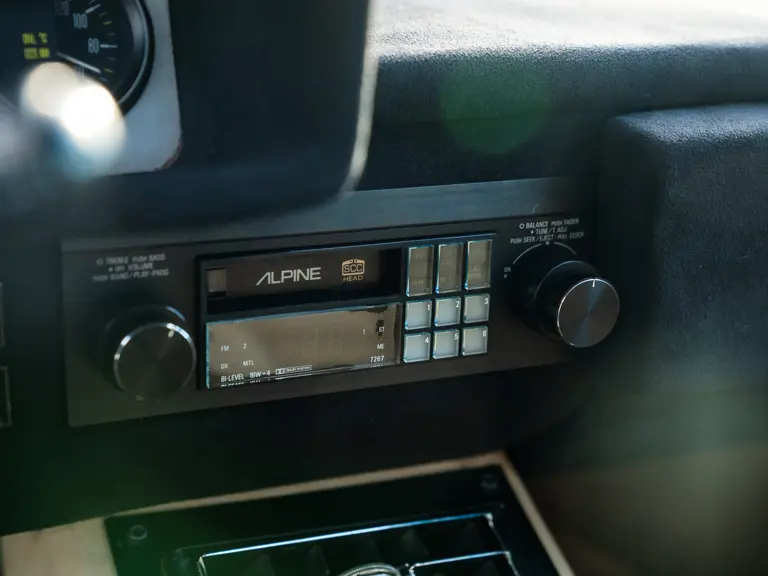



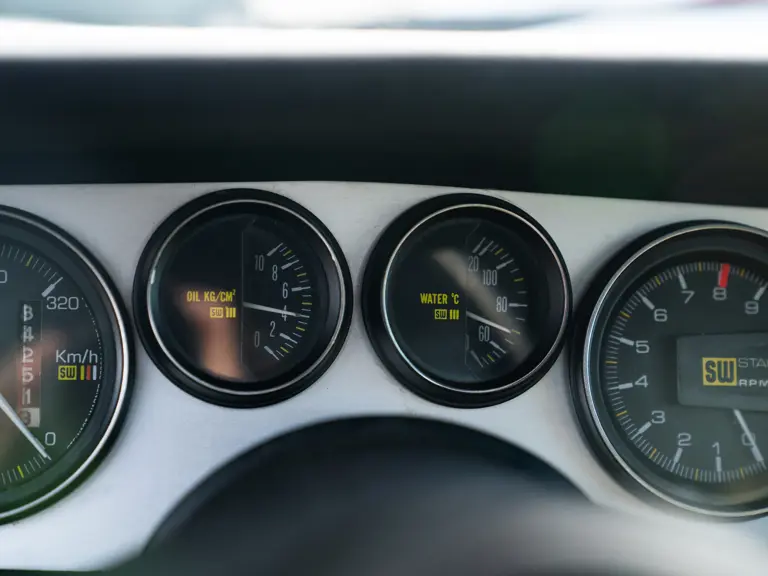

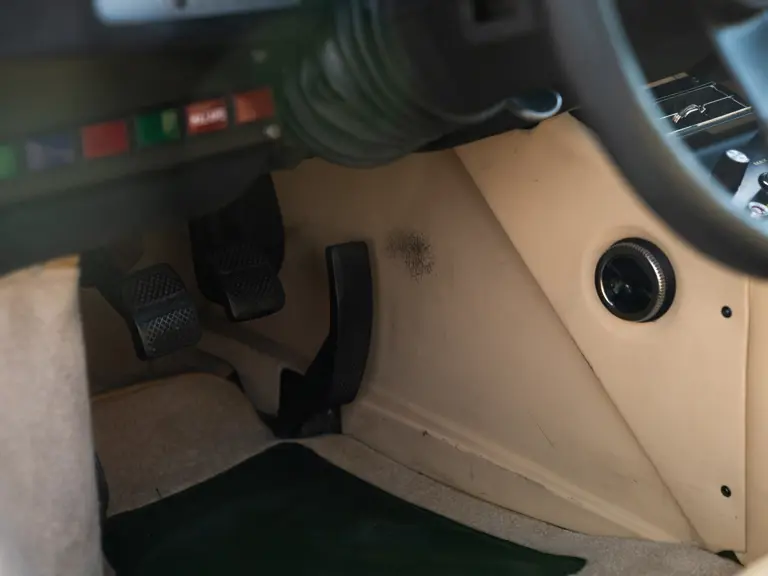
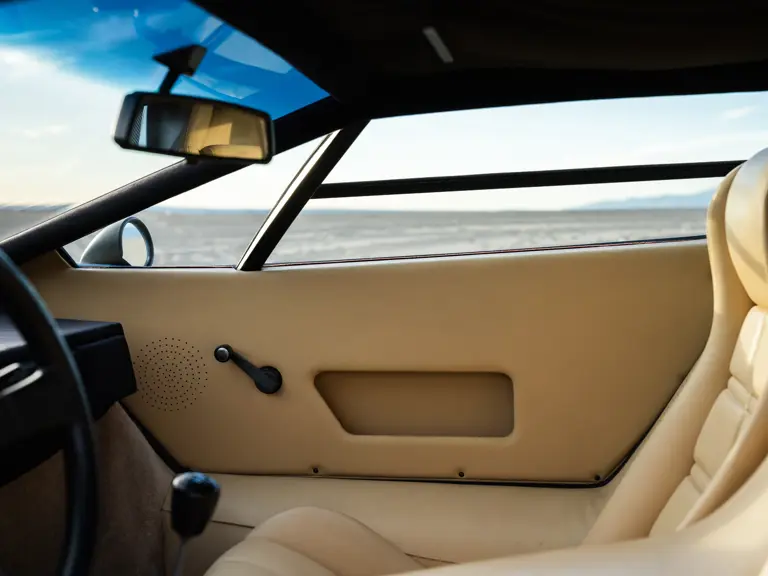

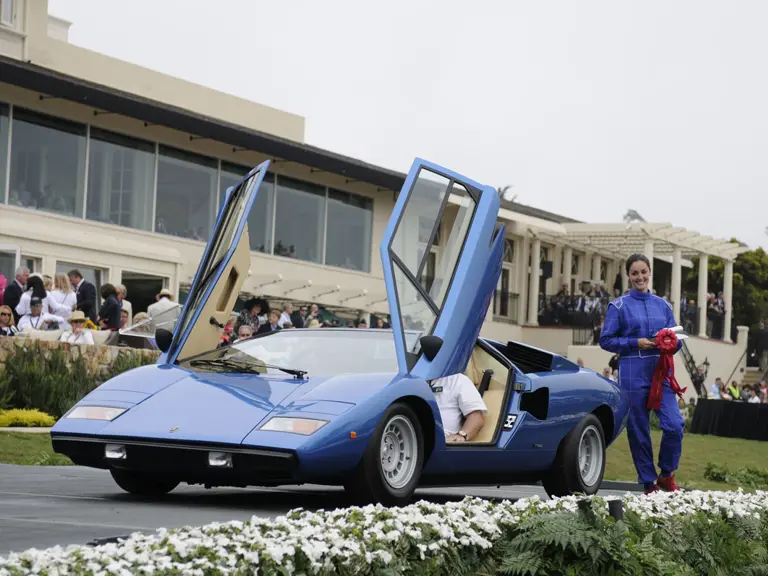


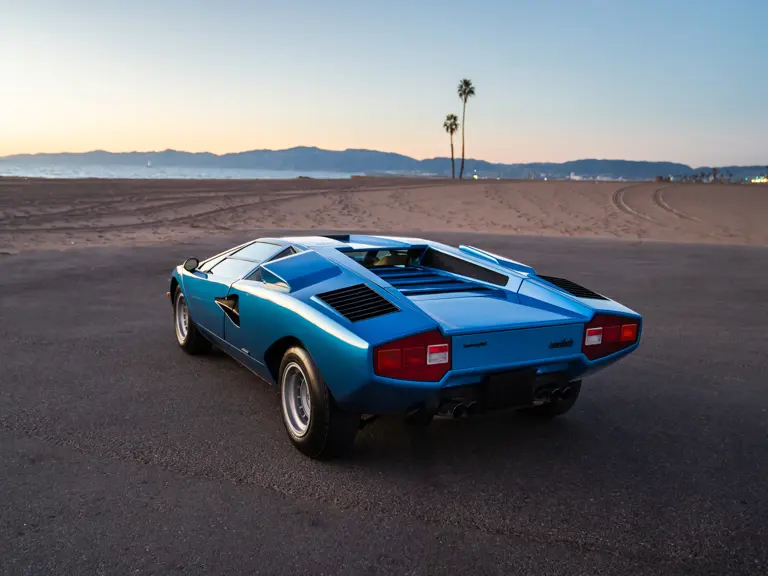
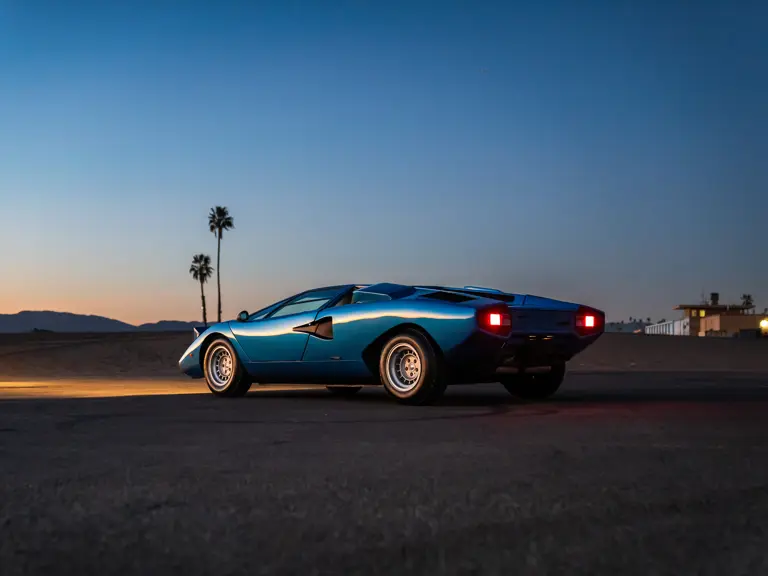
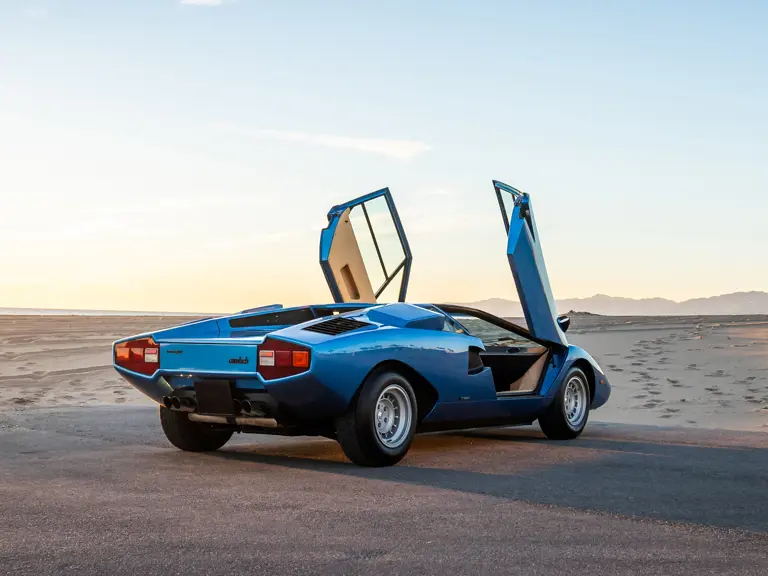
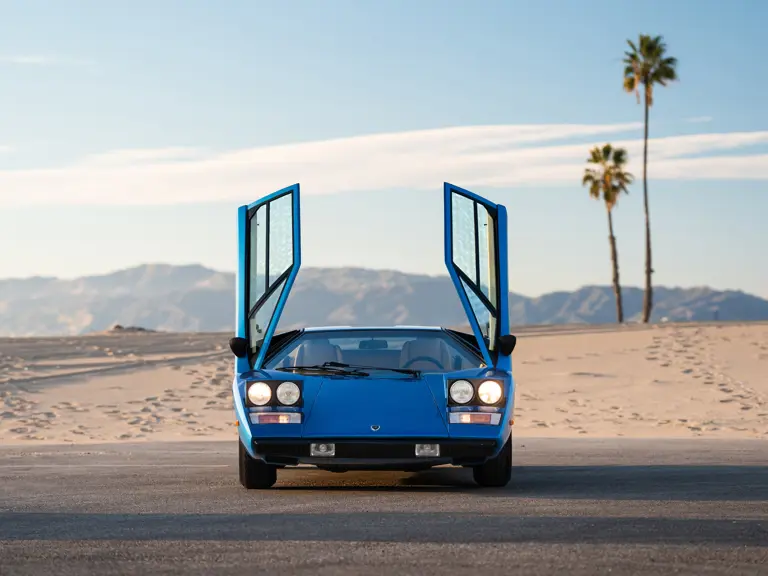
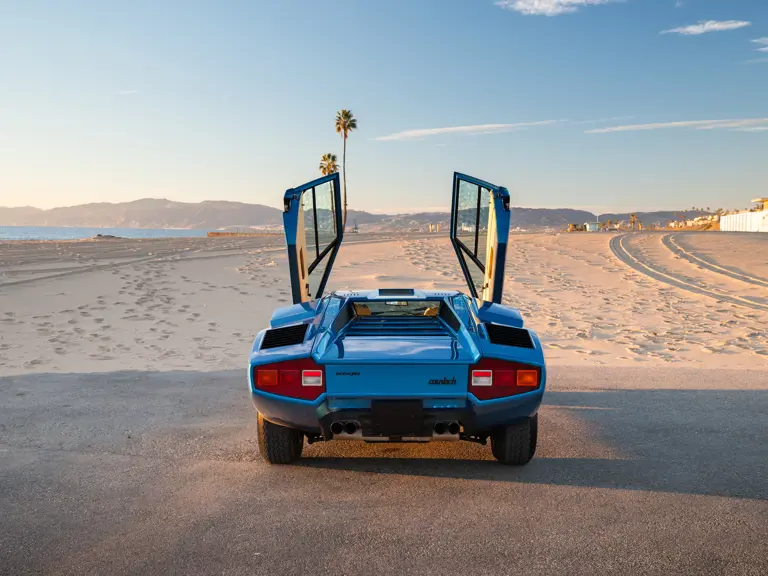

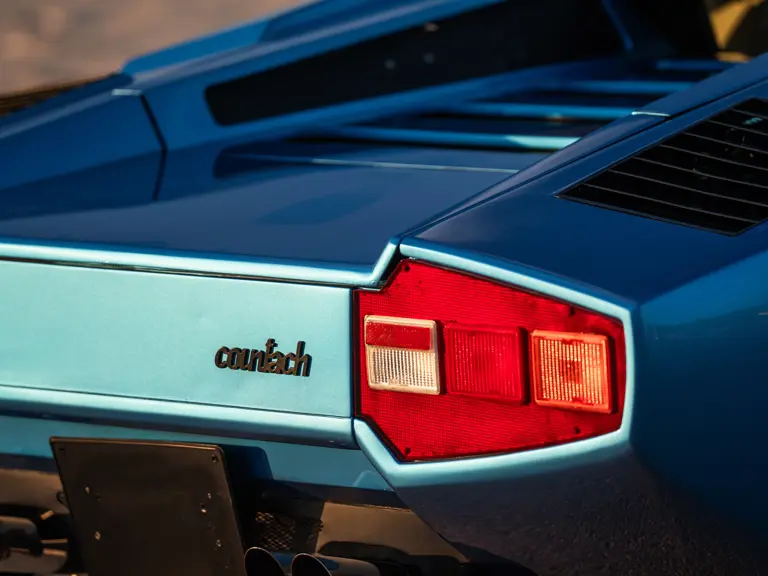
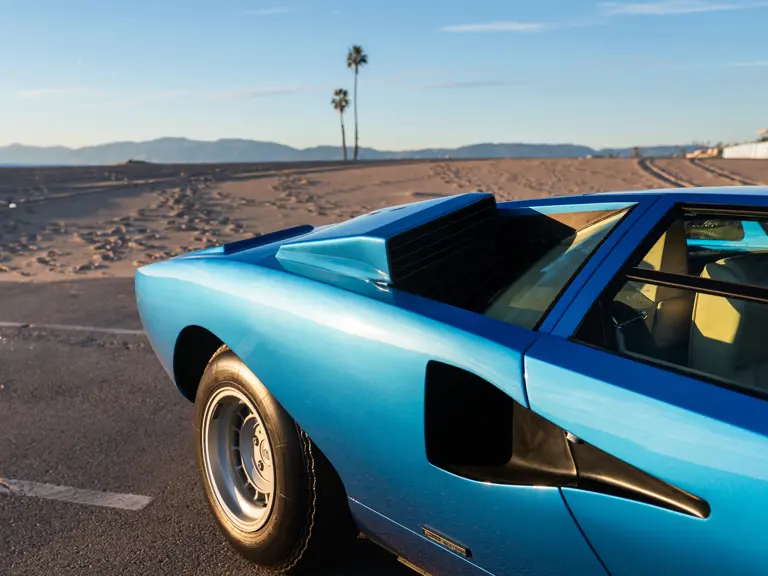

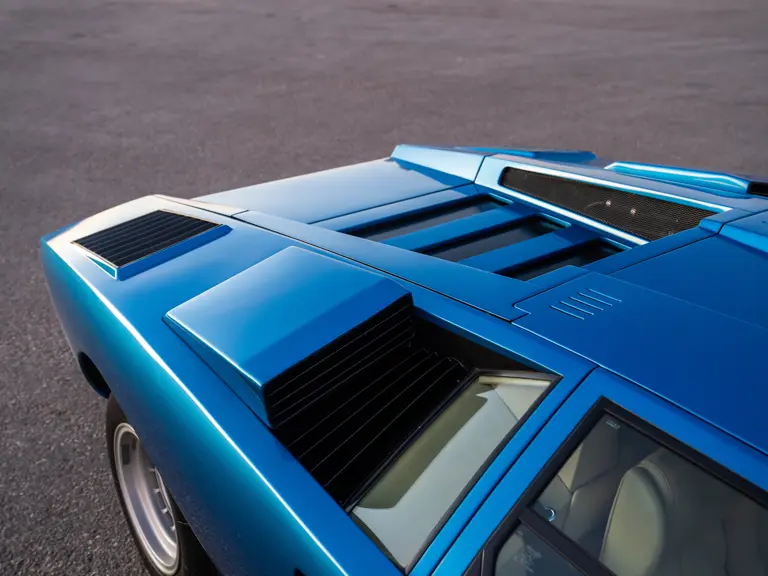

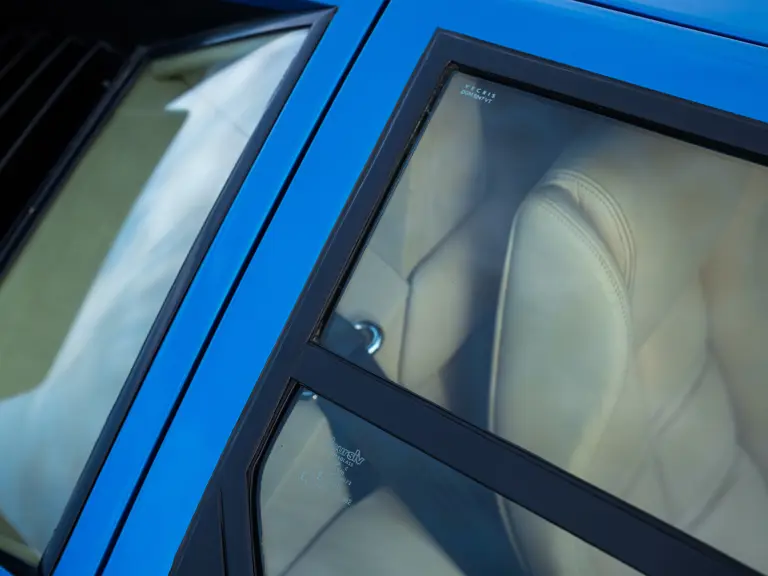
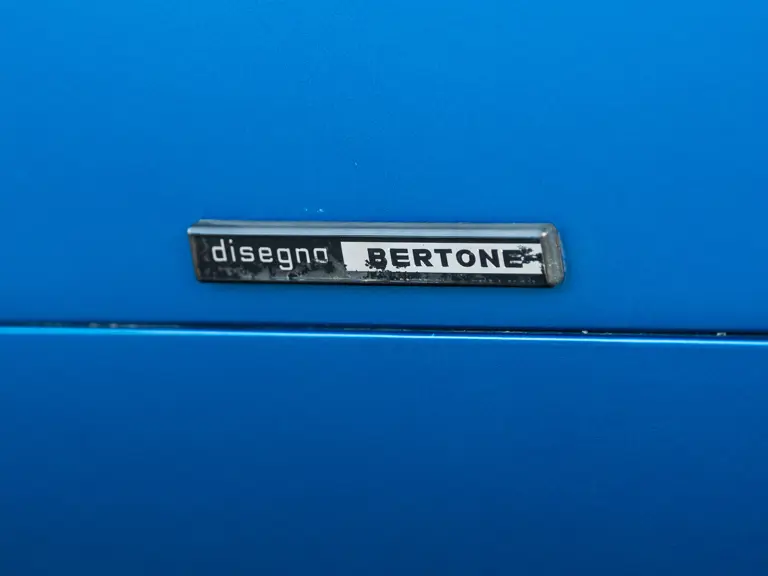



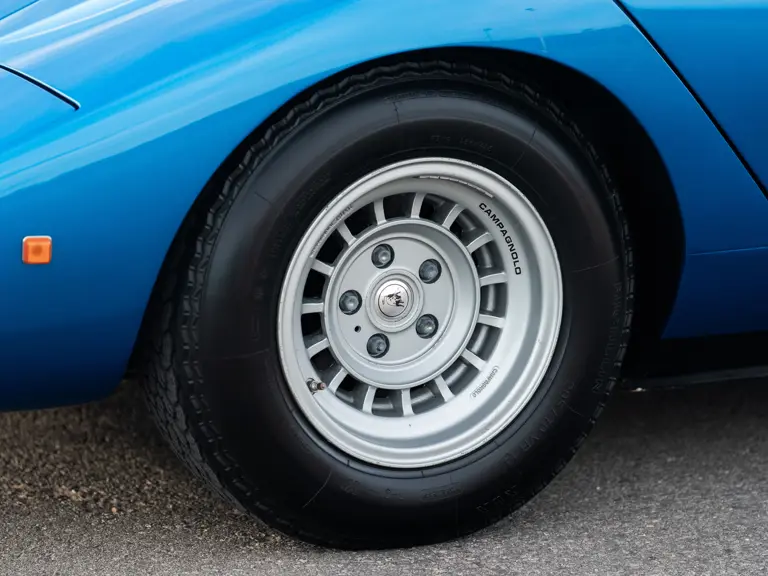
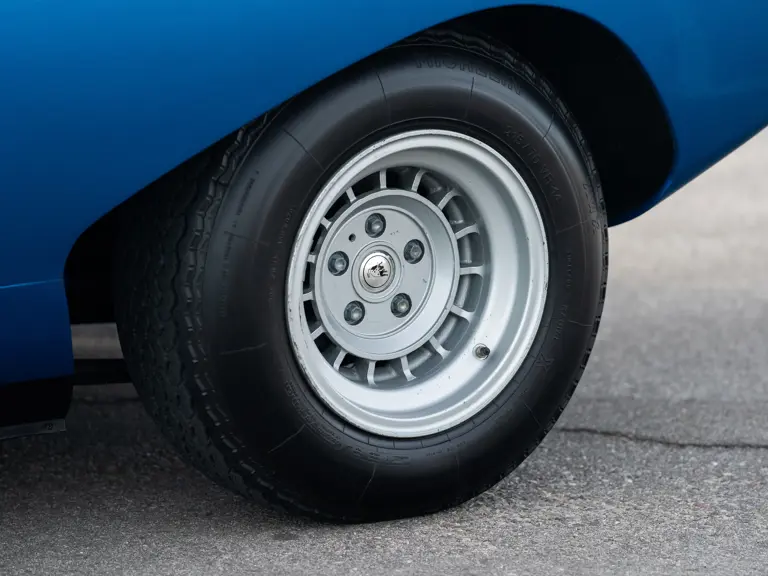
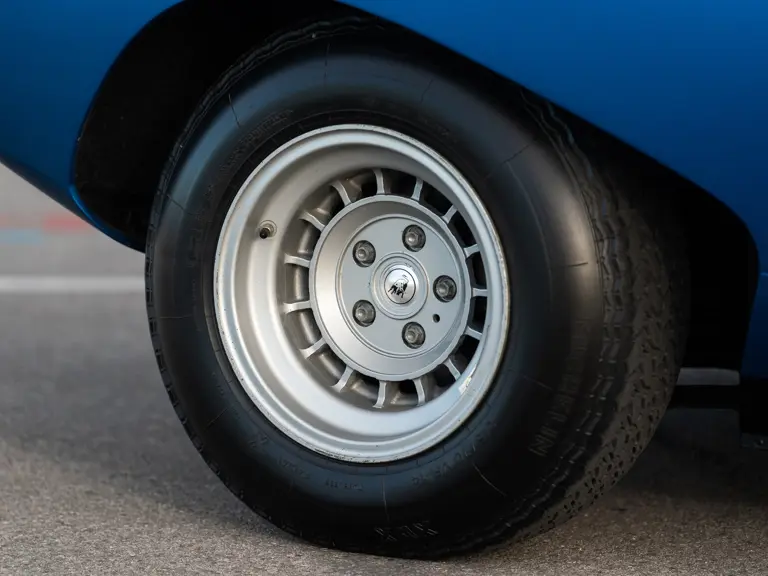
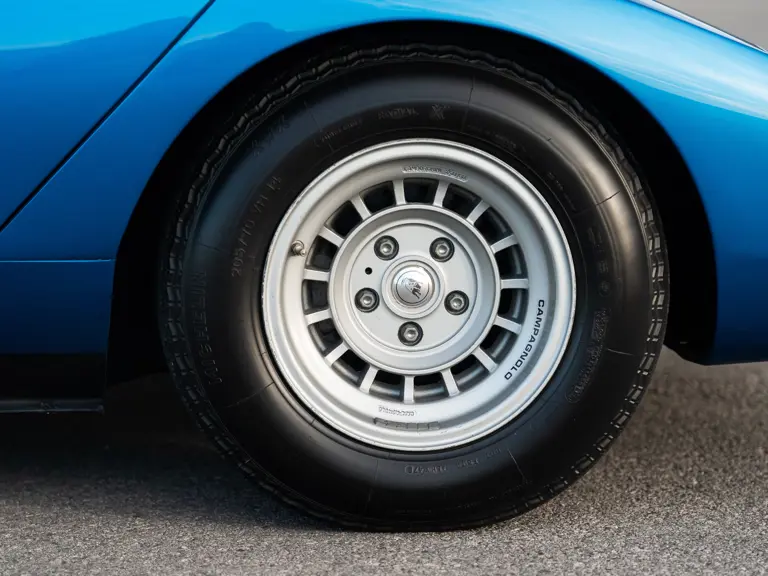
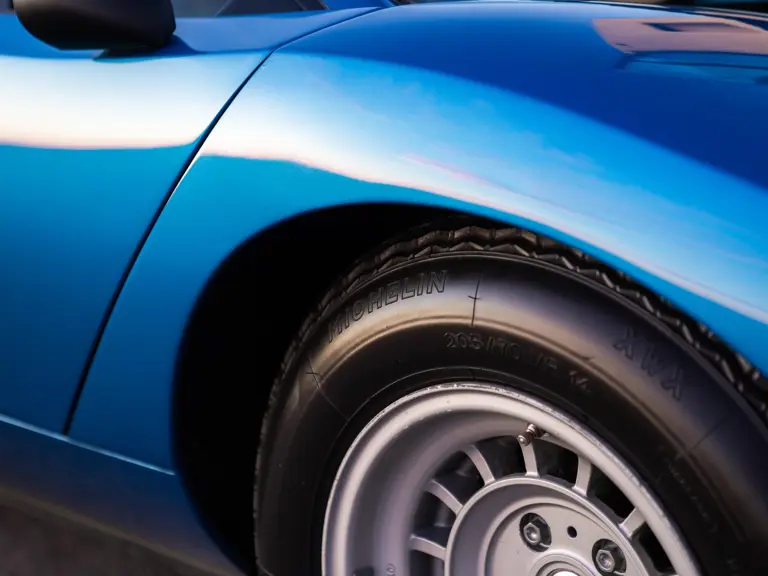
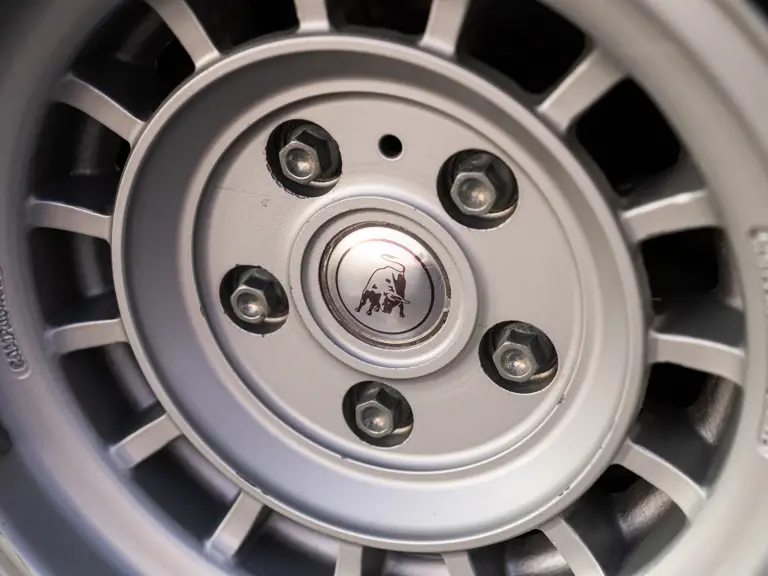
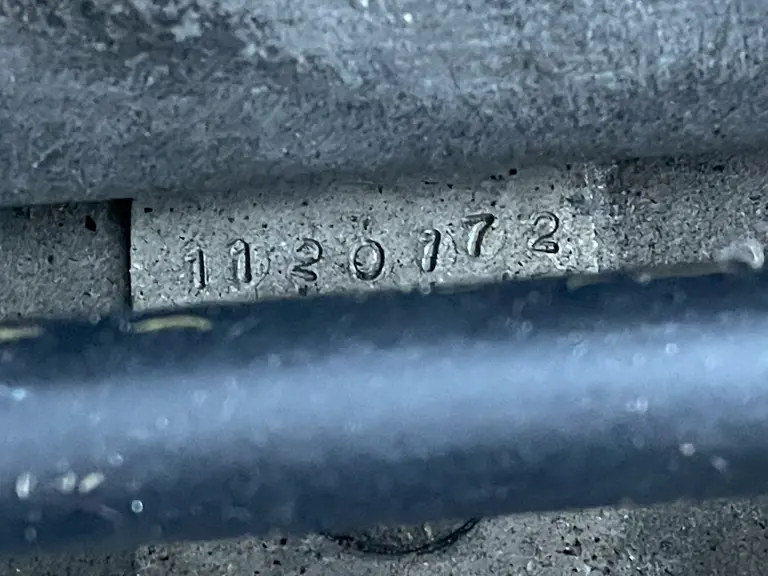

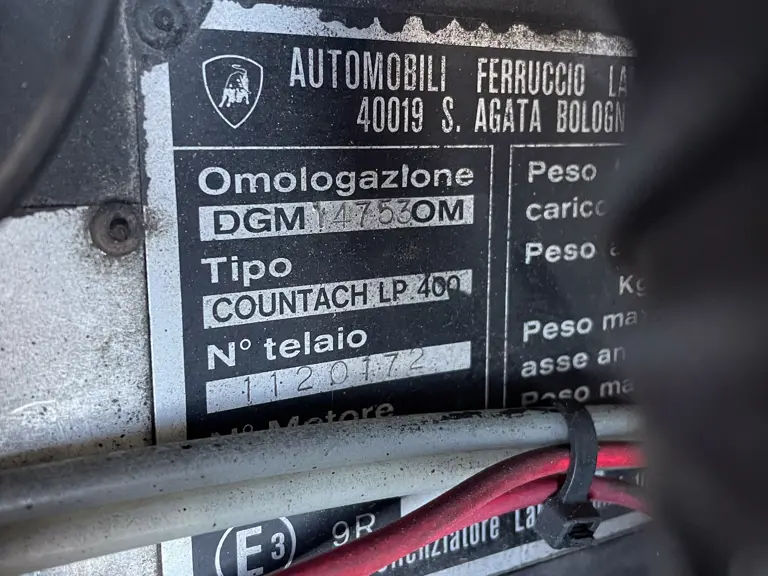


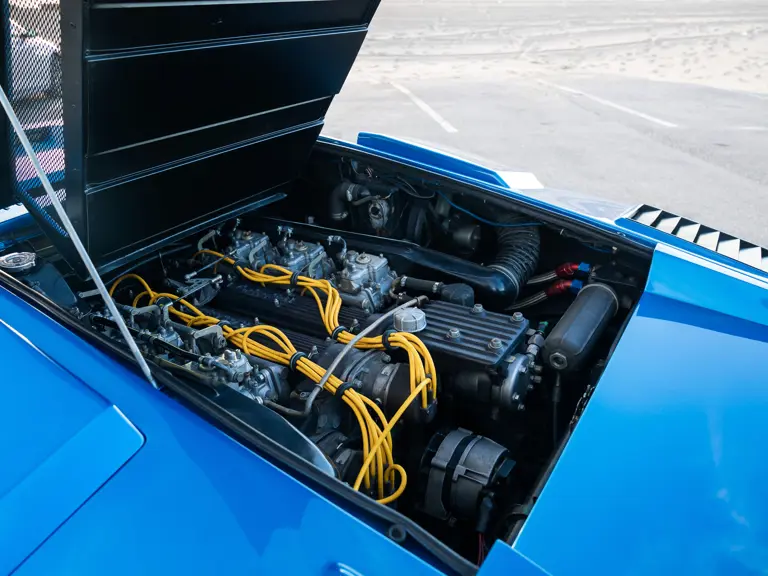
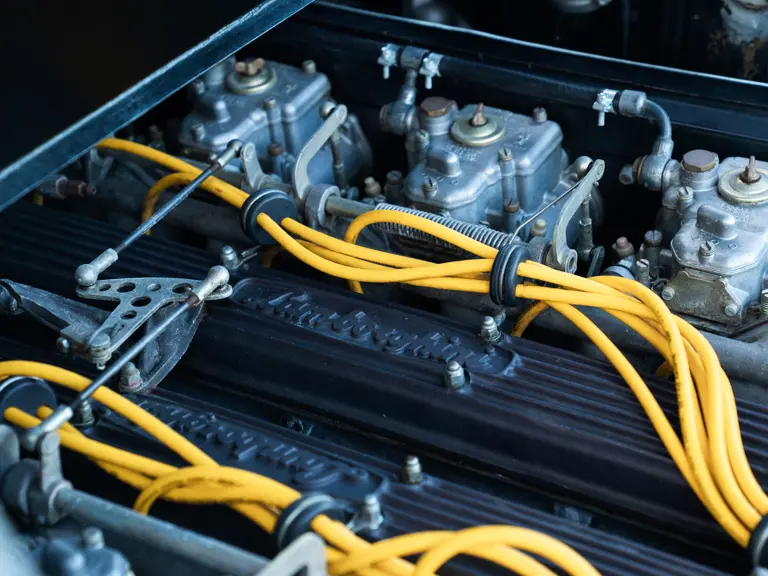
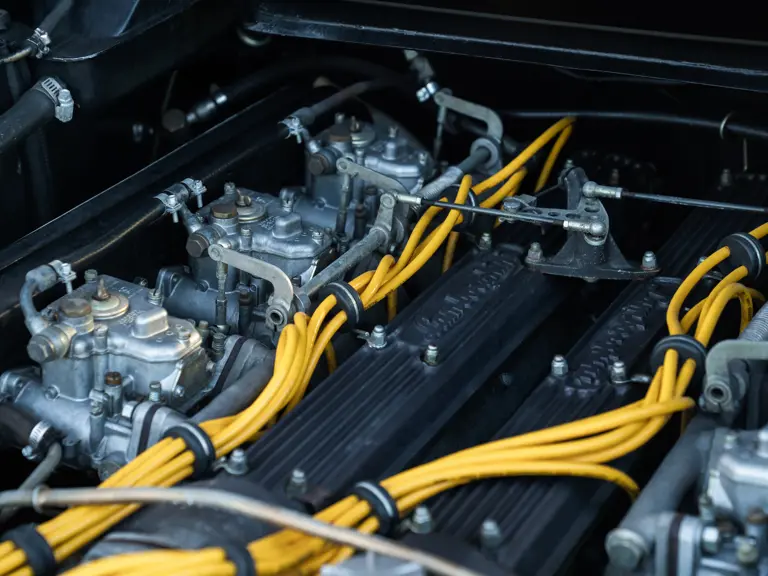
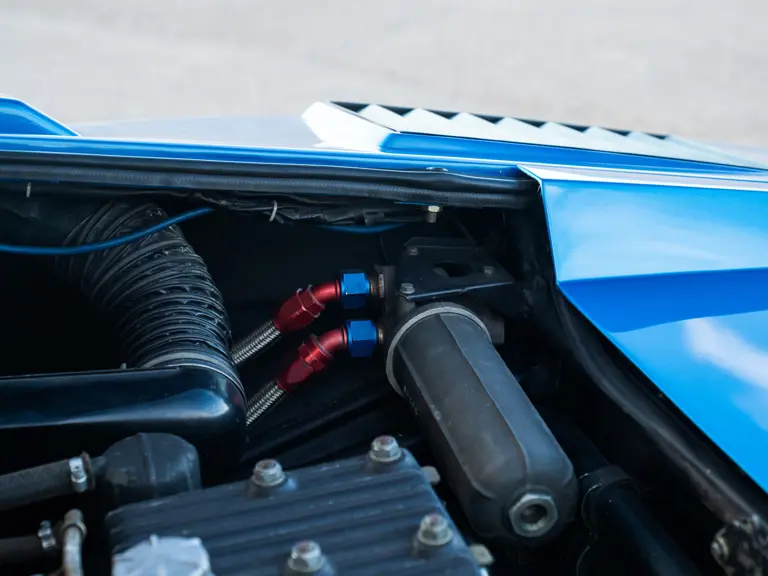

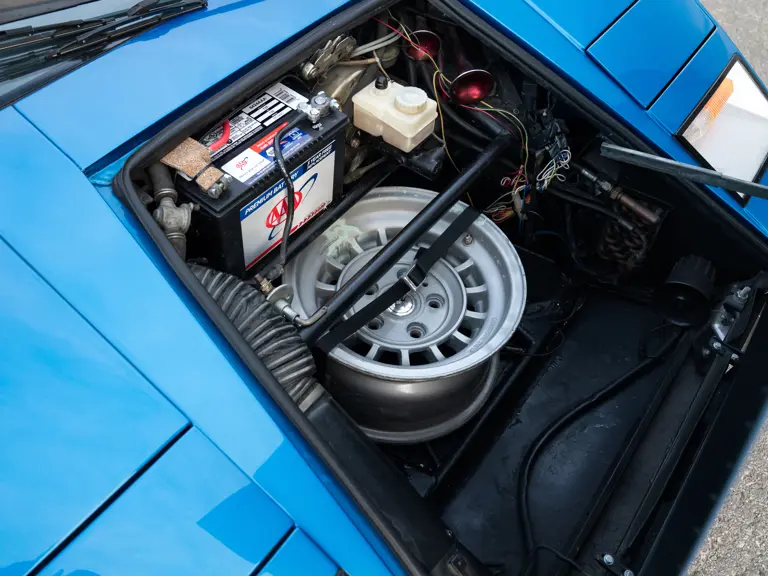

 | Coral Gables, Florida
| Coral Gables, Florida


